Search Images
Browse Content (p. 1612)
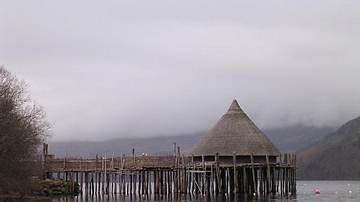
Image
Crannog, Loch Tay, Scotland
The Crannog centre on Loch Tay near Kenmore recreates an ancient Crannog, which was a wooden structure built out on a man-made island in a lake and connected to the shore by a narrow, and easily defensible, causeway.
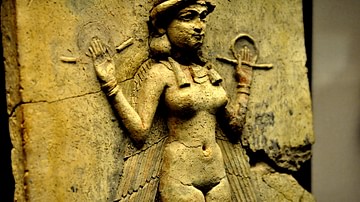
Image
The Queen of The Night Relief
This large plaque was made of baked straw-tempered clay, modeled in high relief. The figure of the curvaceous naked woman was originally painted red; note the trace of the red color on her left wrist. She wears the horned headdress characteristic...
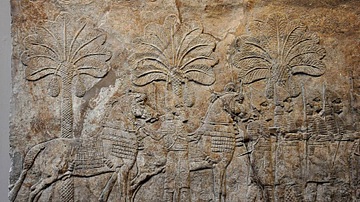
Image
Assyrian Military Campaign in Southern Iraq
This wall panel was part of large alabaster wall relief. The whole scene includes a central band of river, the Tigris or Euphrates, that separates two otherwise independent compositions in which the Assyrians attack on a small island and...
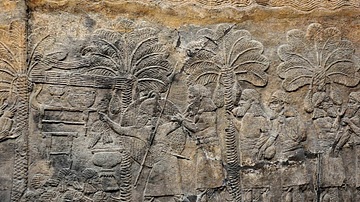
Image
Assyrian Military Campaign in Southern Iraq
This wall panel was part of a large alabaster wall relief. The Assyrian king in a chariot (who is noy shown) watches as prisoners are brought in, and heads and booty are piled-up in a palm grove. In Assyrian literature, beheaded bodies refer...
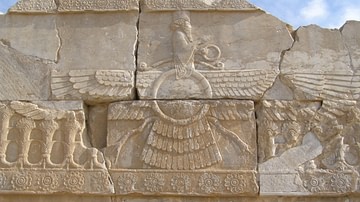
Image
Faravahar at Persepolis
Stone carved Faravahar in Persepolis. Faravahar is one of the best-known symbols of Zoroastrianism, the state religion of ancient Iran.

Image
Chichen Itza
The Castillo pyramid at the Maya (and possibly later Toltec) centre of Chichen Itza, Yucatan, Mexico. The pyramid was a temple built in honour of the Maya feathered-serpent god Kukulkan.
![Attila the Hun [Artist's Impression]](https://www.worldhistory.org/img/c/p/360x202/3047.jpg?v=1628469902)
Image
Attila the Hun [Artist's Impression]
Modern artist's impression of what Attila the Hun may have looked like.
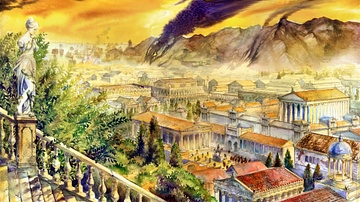
Image
Roman City under Attack
This is a modern watercolour sketch of how a Roman city under attack may have looked like.
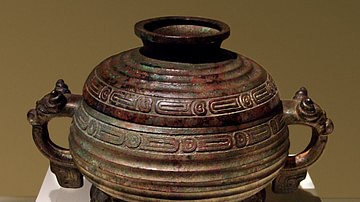
Image
Bronze Zhou Cooking Vessel
A Western Zhou ceremonial bronze of cooking-vessel form inscribed to record that the King of Zhou gave a fiefdom to Shi You, ordering that he inherit the title as well as the land and people living there. Bronze Gui of Shi You (food container...
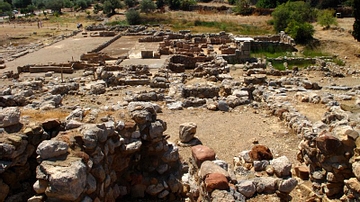
Image
Zakros Minoan Site
Archaeological site at Zakros, Crete.